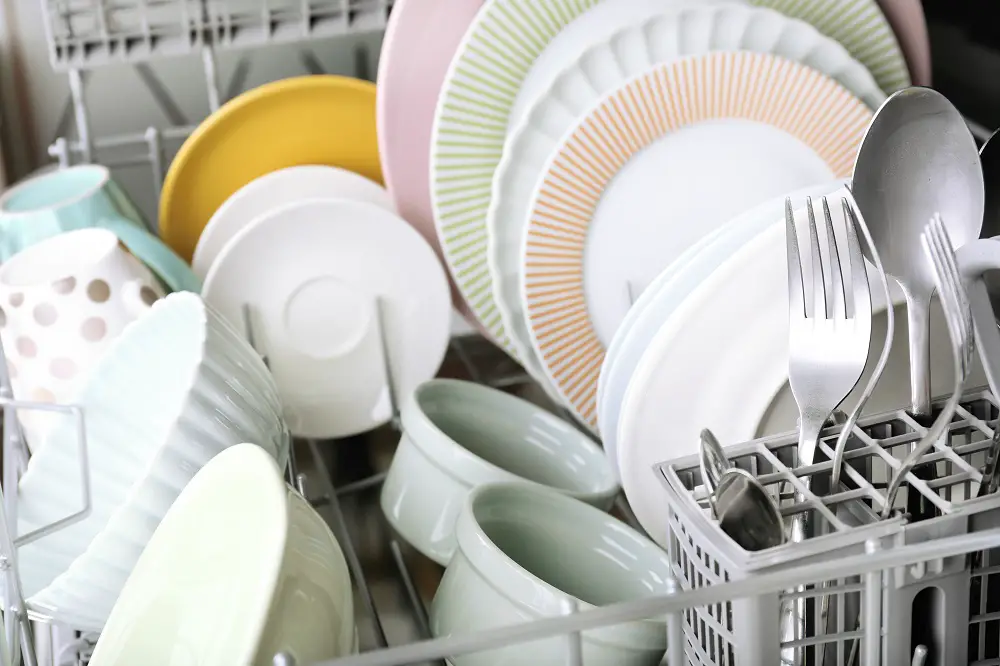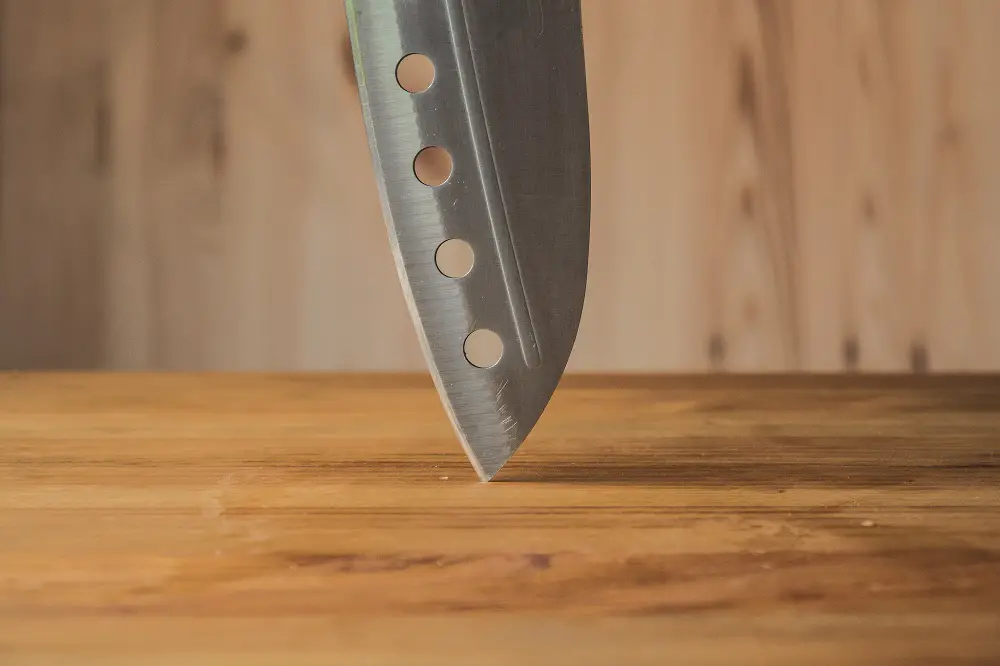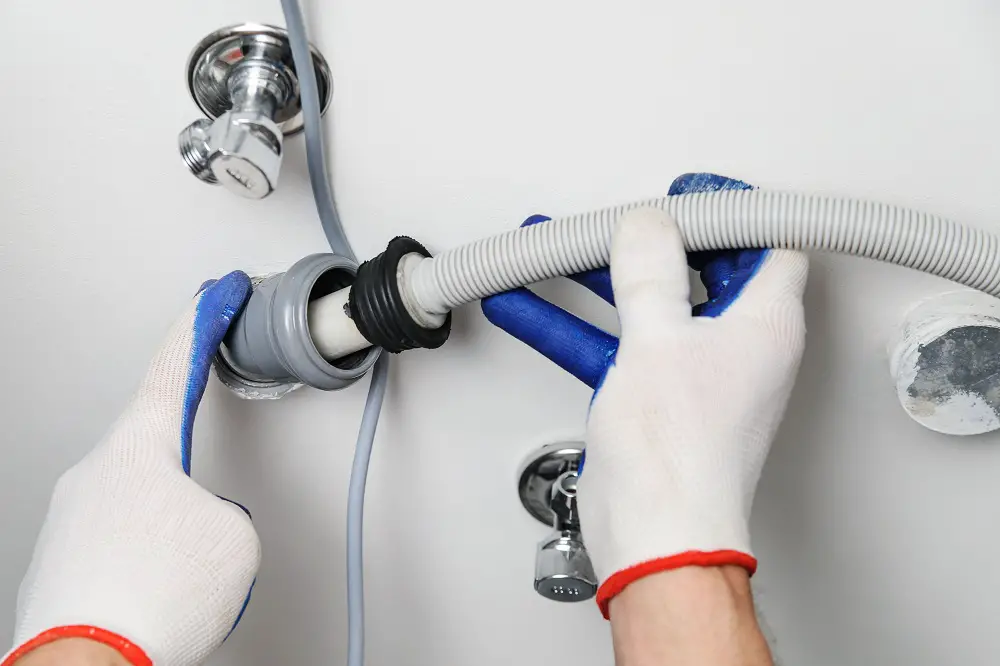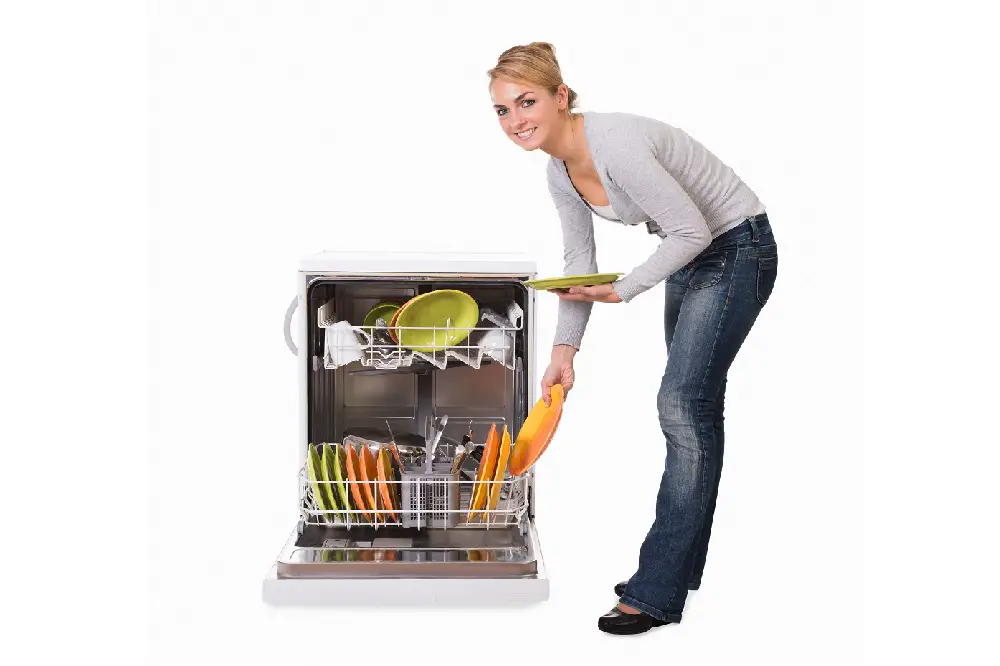Most modern portable dishwasher models use a unicouple to connect to the kitchen faucet. This component adds to the convenience of using these portable appliances.
However, when there are any issues with the unicouple, it will cause leaks. So, how to fix a portable dishwasher unicouple?
You can fix your portable dishwasher unicouple with a repair kit. Alternatively, you can also exchange the uncouple.
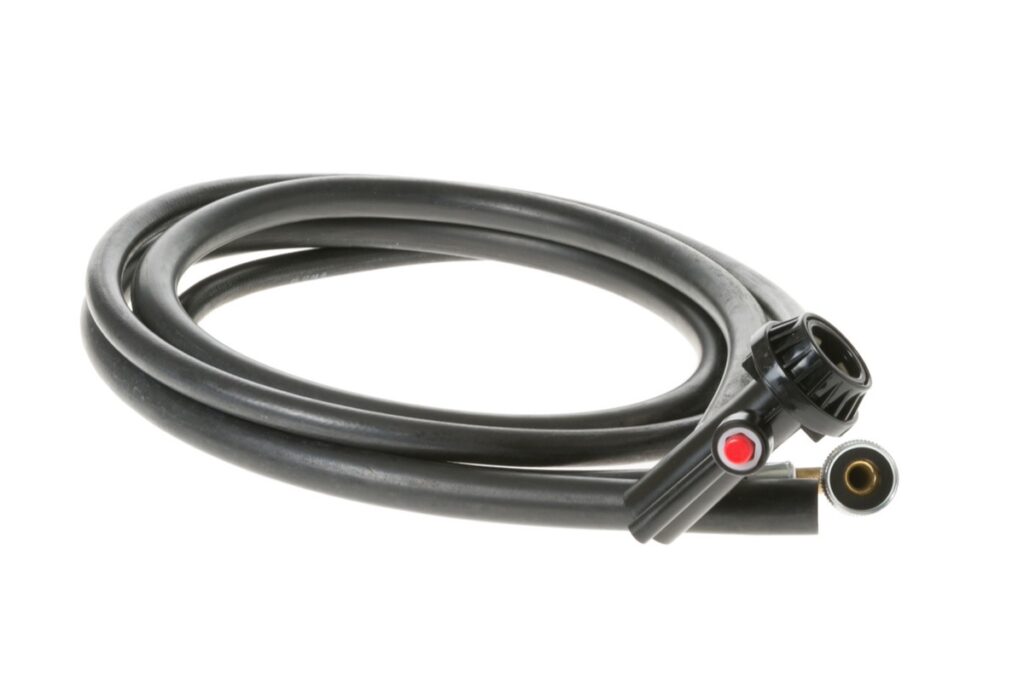
Let’s look into why a unicouple won’t work properly, how to fix and exchange it, and tips to prevent it from breaking.
Table of Contents
Reasons Your Unicouple Doesn’t Work Properly
Here are some common reasons a portable dishwasher unicouple doesn’t work properly. While most of these causes have simple fixes, you can replace your unicouple if you cannot fix it.
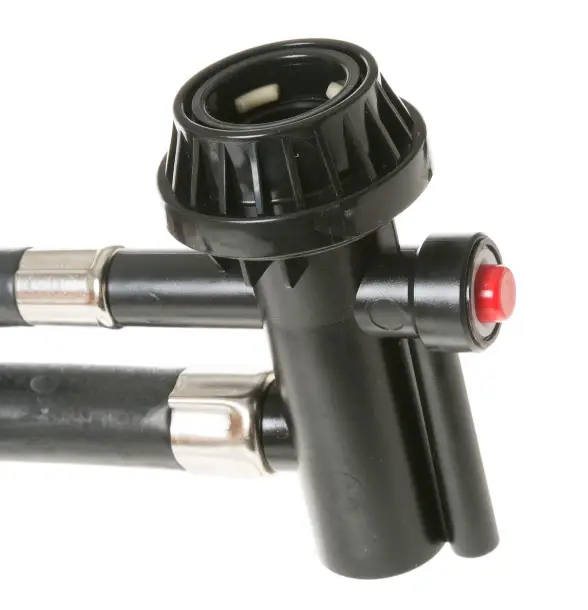
- Improper Installation
If you don’t attach the unicouple correctly, it may not function properly. There may be leaks, poor water flow, and other issues. Follow the manufacturer’s instructions when installing your unicouple to ensure you do it correctly.
Check also our guide on how to install a countertop dishwasher.
- Clogs
Among the most common causes of unicouple malfunctioning is clogging. Your portable dishwasher’s unicouple can get clogged with debris like food particles and soap residue. Hard water mineral buildup can also clog the unicouple hoses.
A clogged unicouple won’t facilitate proper water flow, preventing the dishwasher from functioning properly.
- Wear and Tear
Your portable dishwasher’s unicouple will undergo wear and tear over time. Worn-out or damaged seals and gaskets can result in leaks, causing issues in the dishwasher functioning too. Look for unicouple replacement in such cases.
- Improper Cleaning
For your unicouple to function properly, you must regularly clean it to clear the clogs and buildup. If not maintained, it could get damaged, causing the dishwasher to malfunction.
- Insufficient Water Pressure
Your dishwasher unicouple connection requires sufficient water pressure to function correctly. Clogged pipes, faulty inlet valves, or damaged faucets can cause low water pressure. You’ll have to check the water pressure at different points before assuming a fault with your unicouple.
How To Fix a Unicoupler With a Repair Kit?
If your portable dishwasher’s unicouple isn’t working properly, here’s how you can fix it with a repair kit like this one for Whirpool dishwashers:
Step 1: Turn Off the Water Supply
Before you begin your unicouple repair, you must turn off the kitchen faucet to which the unicouple is connected.
Step 2: Detach the Unicouple From the Faucet
Once you’ve turned off the water supply, release the water pressure by pressing the pressure release button of the unicouple. This relieves water pressure and prevents any severe splashing.
Release the unicouple from the faucet by depressing the collar at the top of the unicouple connector.
Step 3: Inspect and Fix the Unicouple
Closely inspect the unicouple to check for any visible signs of wear or damage before you start fixing it with a repair kit.
You must look out for holes, cracks, or any other damage to the plastic/metal or rubber components.
If there’s any damage, you must replace the entire unicouple.
Step 4: Fix the Unicouple
To disassemble the unicouple, slide the locking ring down.
At the top of the center stem will be a metal retaining ring. Remove this metal ring, and the locking ring will slide off.
Now, you can access the white plastic pieces which grip the faucet adapter.
Replace the plastic pieces with the repair kit’s replacement pieces.
Then, replace the locking ring and place the metal retaining ring at the top.
Step 5: Connect the Unicouple Back to the Faucet
Once you’ve fixed the unicouple, you can attach it to the faucet. Attach the unicouple connector to the faucet adapter by depressing the collar at the top of the connector.
When the unicouple is up onto the adapter, release the collar. It will then snap into position to lock the unicouple in place.
Step 6: Check if the Unicouple Works Properly
After connecting the unicouple, turn on the water supply and run a dishwasher cycle to ensure it works properly. Check for leaks or any other issues.
You can also check this video to see those steps in more detail:
If everything seems to work correctly, the unicouple repair was successful.
How To Exchange a Unicouple?
If your unicouple hoses are in good condition but are leaking or spraying at the hose connector part, you must replace the unicouple adapter. Ensure you have the correct size and type of unicouple for your dishwasher and faucet.
Either purchase a replacement from a hardware or home improvement store. You can also check online for an appropriate one.
Here are the steps to exchange a unicouple:
Step 1: Turn Off the Water Supply
If your unicouple is attached to the kitchen faucet, turn off the water supply before you detach it.
Step 2: Detach the Unicouple From the Faucet
After turning off the water supply, press the unicouple’s pressure release button to release water pressure and avoid splashing.
Release the unicouple from the faucet by depressing the collar at the top of the unicouple connector. Let any excess water drain off from the unicouple hoses.
Step 3: Replace the Unicouple
Use a wrench or pliers to loosen and remove the hose connectors. Switch the old unicouple adapter with the new one and fix the hoses back to this new unicouple (don’t make it too tight).
Remember, the small hose carries water from the faucet to the dishwasher, and the large hose drains water to the sink.
You can skip this step if you’re replacing the entire unicouple unit with the hoses.
In that case, you must also disconnect the connections at the dishwasher side. Then, you must connect the new unicouple hoses to the dishwasher inlet and outlet ports. Use a wrench or pliers for this process.
Step 4: Connect the Unicouple Back to the Faucet
Once you’ve replaced the unicouple, attach it back to the faucet.
Depress the collar at the top of the connector and fix it to the faucet adapter. Release the collar once the unicouple is up onto the adapter. The unicouple will snap into the lock position.
Step 5: Check if the Unicouple Works Properly
Check if the unicouple works properly after connecting it.
Turn on the water supply and run a dishwasher cycle. Check for leaks or any other issues.
Tips To Prevent Your Unicouple From Getting Broken
You can take some of these measures to prevent unicouple damage and avoid having to replace it:
- Regular Inspection
Inspect the unicouple regularly for any signs of damage or wear, and if you notice leaks in any part of the unicouple, fix or replace it soon.
Also, if you notice any leaks or other issues with your dishwasher, address them sooner. This will help prevent further damage to the unicouple or dishwasher.
- Regular Maintenance
Clean the unicouple regularly to remove any debris or buildup. This is especially applicable to the drain hose of the unicouple, which can get clogged with residual food particles.
Additionally, if you have hard water, there’s an increased possibility of mineral deposit buildup that can eventually damage the unicouple hoses and your dishwasher. Consider getting a water softener system installed for your home’s water supply.
Check our 6 Steps To Clean a Portable Dishwasher (Fast & Thorough)
- Use a Good-Quality Unicouple
It’s essential that you use a high-quality unicouple that is suitable for your dishwasher model and faucet type.
- Proper Installation
Avoid over-tightening the unicouple when attaching it to the faucet. This is one of the main causes of unicouple damage, especially to its rubber or plastic components.
Conclusion
Fixing a portable dishwasher unicouple is a relatively simple task. You don’t have to hire a professional; a unicouple repair kit will suffice. All it takes is a few simple steps to repair or replace a worn or damaged unicouple.
You can keep your unicouple in good working condition with sufficient care and maintenance. This way, you can avoid having to replace it.
